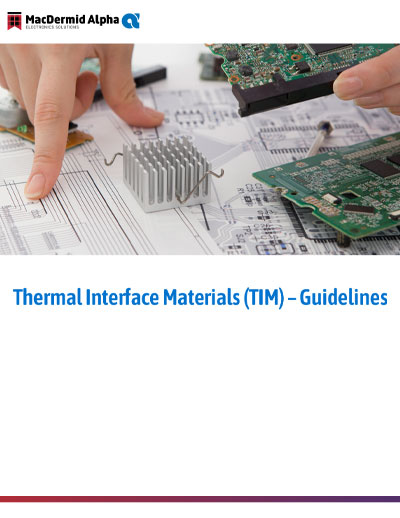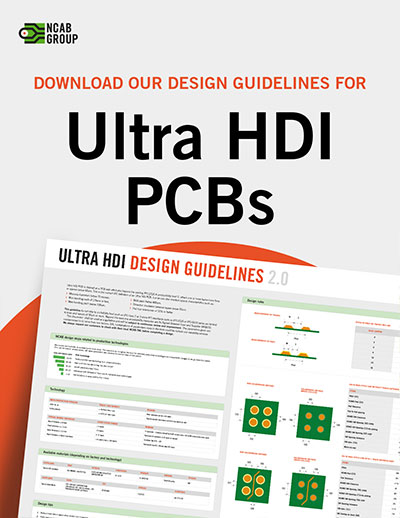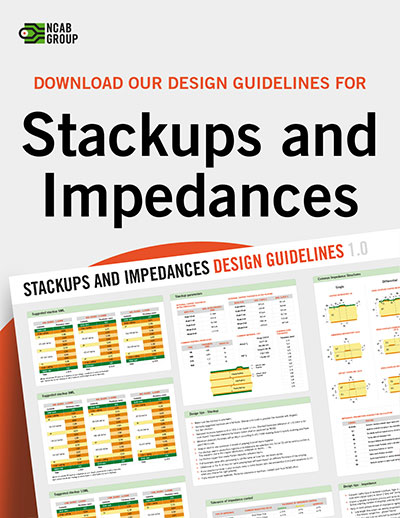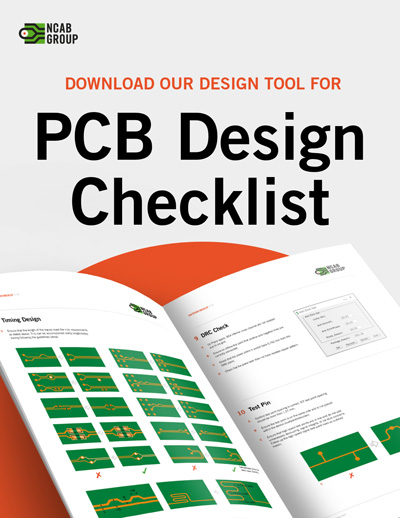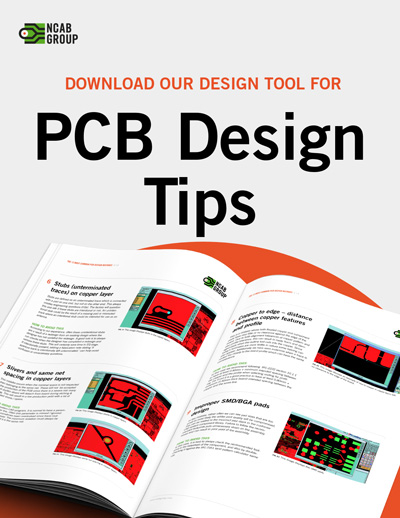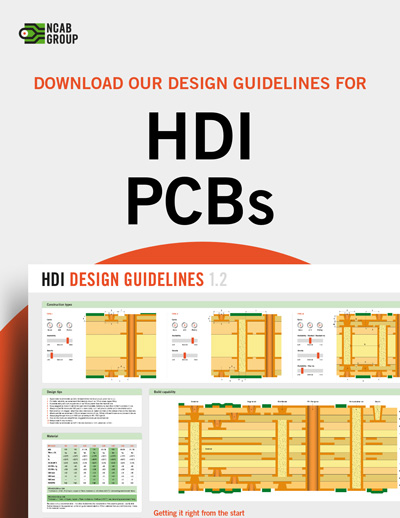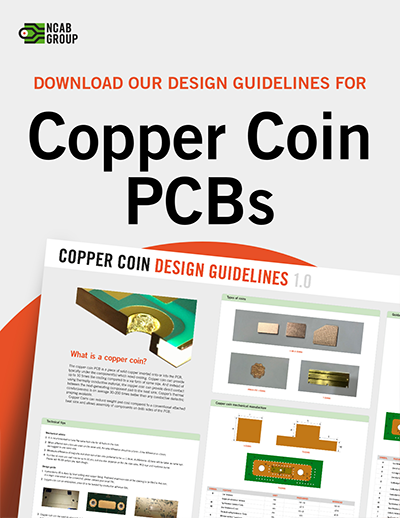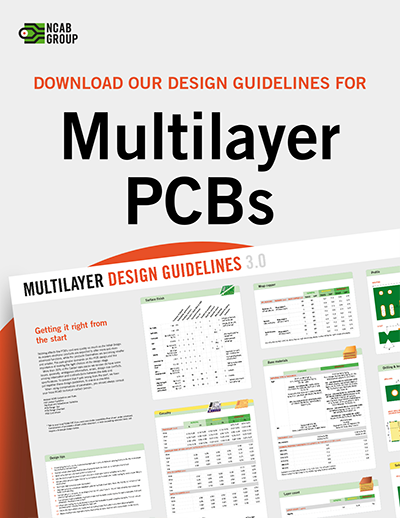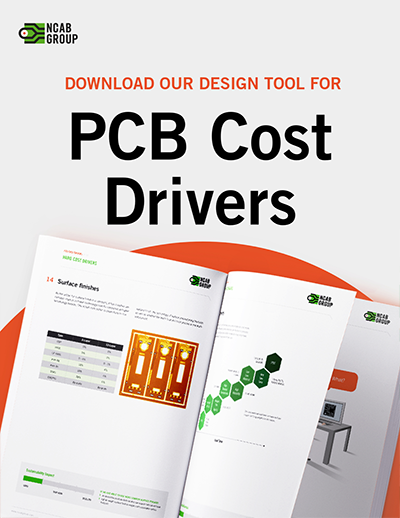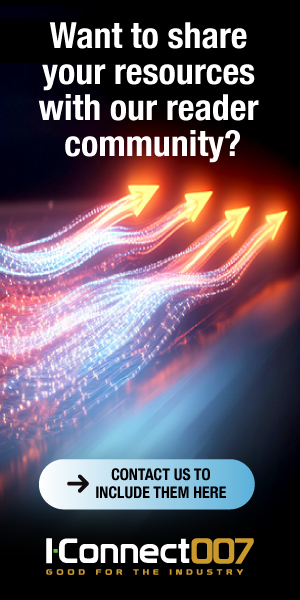Author: NCAB Group
This comprehensive PCB Design Checklist ensures design accuracy and manufacturability prior to production. It covers 12 key areas: component packaging, placement, mechanical checks, technical checks, constraint rules, routing, timing design, power design, DRC checks, test pins, silkscreen, and Gerber review. Each section includes detailed sub-checks, such as verifying solder mask dimensions, component spacing, signal routing, impedance control, safety clearances, and test point alignment. Emphasis is placed on utilizing 3D models, panelizing small boards, and performing design rule checks (DRC) to catch errors. This checklist ensures a thorough review, minimizing design flaws and optimizing both functionality and production readiness.


